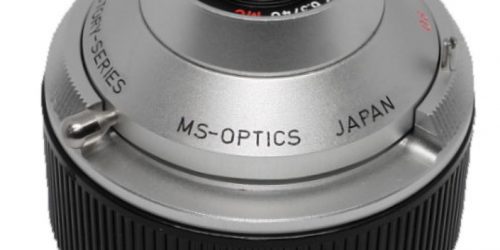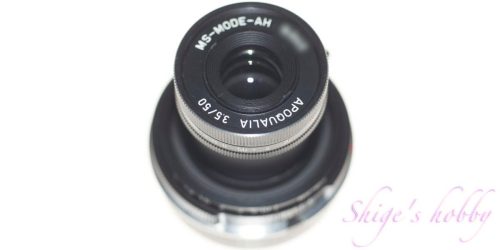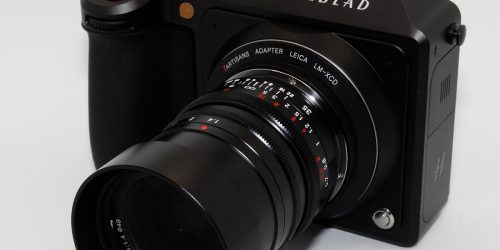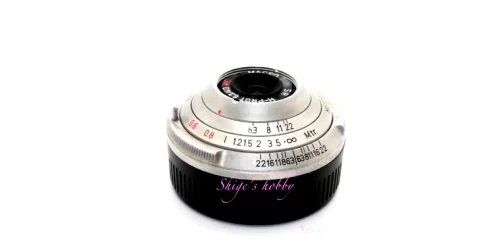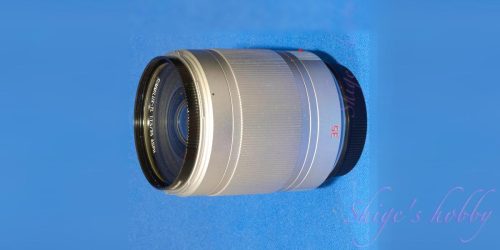LEICA SUMMARON M 35mm F2.8
A review and photo examples of the SUMMARON M 35mm F2.8.
Table of contents
Gallery
- LEICA SUMMARON-M 35mm F2.8 Photo example (using Leica M8)
Review
The Summaron 35mm F2.8 is a low-priced lens that has the same barrel as the first Summicron but has a different lens configuration.
I’ve seen it stated that it has a thicker depiction than the Summicron, but I couldn’t feel any clear difference between the two.
Some second-hand shops emphasize the differences in coatings depending on the age, such as the blue coating on Summaron, but if you are shooting with a digital camera, the condition of the lens will have more of an impact on the depiction, so consider the coating as an added bonus. I think it’s better to leave it there.
There are people comparing them overseas on Flicker and other sites, so I’m sure there are people who are concerned about the differences.
According to the LEICA Wiki page in the reference link, 52,400 were made in the 10 years from 1958 to 1968.
The Summaron name is used only in 28mm and 35mm, and is a name that is rarely used.
M mount version, L mount version, and glasses included are for M3 and only M mount version.
The infinity position stopper attached to the lens has different preferences depending on the user, but if it is a manual focus lens and the lens has a suitable helicoid weight, there will be no problem with the focal length shifting even without this stopper. Therefore, I do not think it is necessary equipment.
However, I am positive about the function, as it automatically locks when the lens is returned to the infinite position, so it is nice to avoid the hassle of sliding a slide switch like with modern AF lenses.
I also think that the precision and mechanical gimmicks, which are impossible in modern times due to cost considerations, have the effect of increasing the satisfaction of owning something.
The lens hood has the same barrel as the first-generation Summicron, so the hood name: IROOA can be used. Similar to the first generation Summicron, the hood cannot be reversed due to the stopper.
Perhaps because the lens is half a step darker than the Summicron and has a delicate position, and because it is an older lens, there was a flashy flare and a drop in contrast when backlit. I feel that the images are normal for a 35mm lens.
When the M8 was sold, you could sometimes see this lens for less than 100,000 yen, but in the 2020s, you can find it for more than 200,000 yen without glasses, and it feels like it has become very expensive.
Looking at the number of lenses manufactured, I feel that the fact that the current price has been maintained is part of the popularity of the M-type Leica, even though they are manufactured in far greater numbers than Leica R lenses.
It’s a good way to spend your extra financial resources, but if you go out of your way to buy one, you’ll regret it unless you’re aware that it’s an old lens. Since there are collectors all over the world, I think there will be little damage if you don’t sell to the wrong person, but if you go through a domestic dealer, the selling price will be quite high, but the trade-in value should be about half to one-third of that. In particular, if the coat shows any signs of deterioration or balsam wear, the buying price will be lowered.
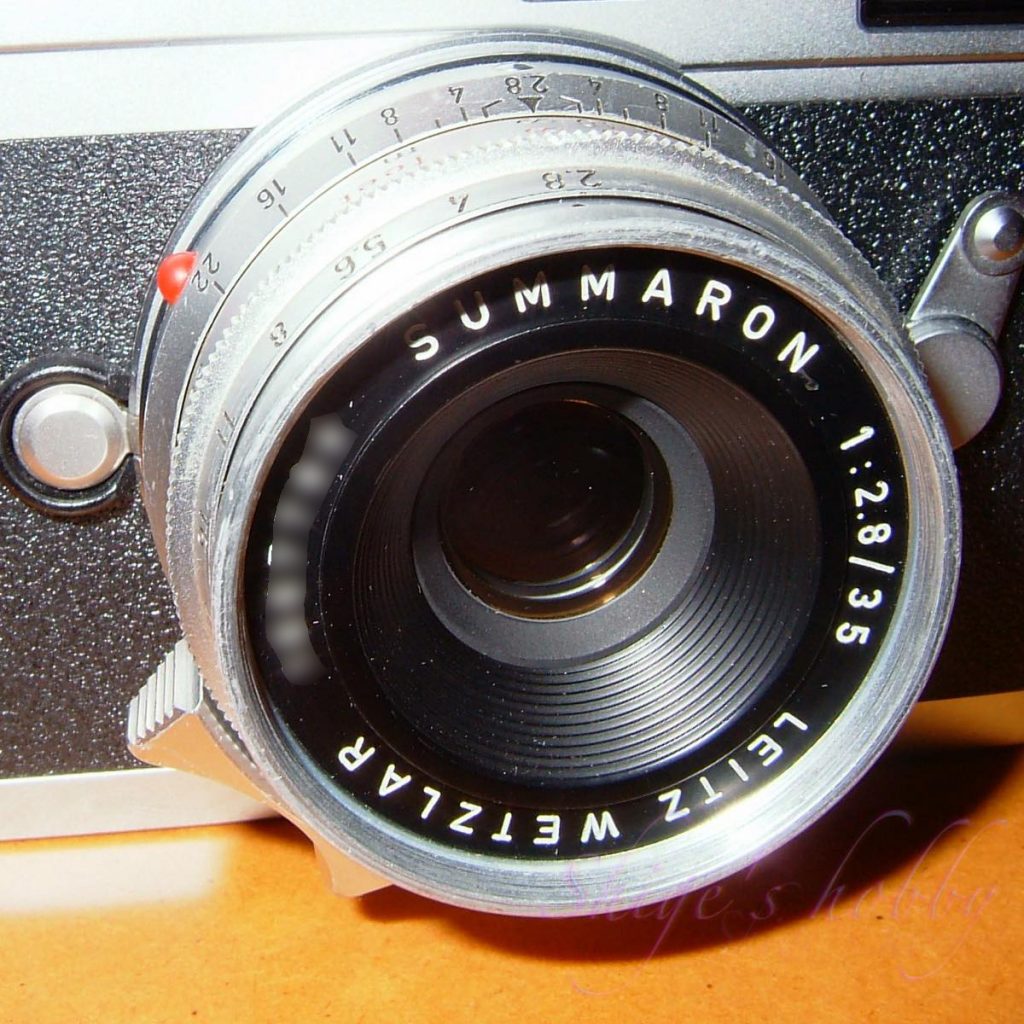
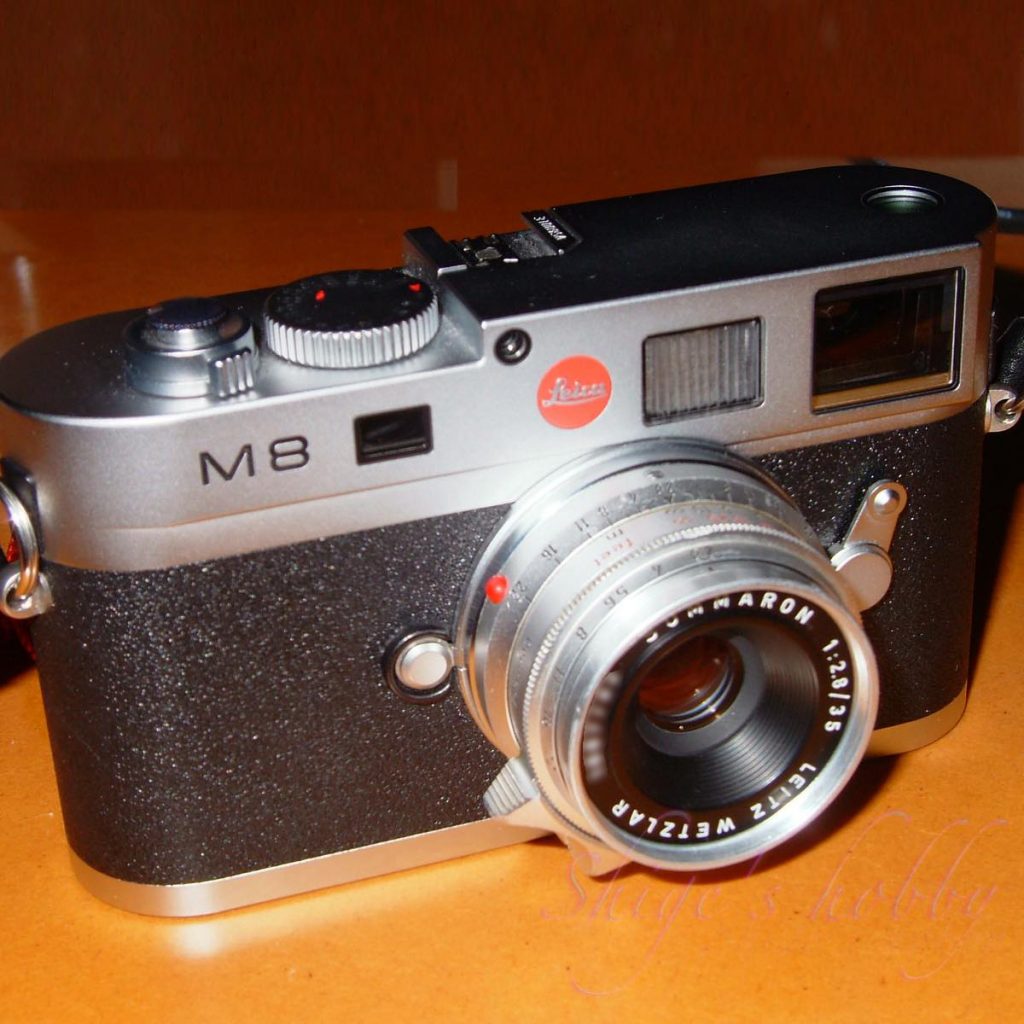
Specification
| Items | Value | Note |
| Focal length(mm) | 35 | |
| Max aperture | 2.8 | |
| Min aperture | 22 | |
| Lens Construction | 6elements in 4groups | |
| Min distance(m) | 0.7 | 0.65m with glasses type |
| Lens length(mm) | 29 | |
| Max diameter(mm) | 51 | excluding focusing knob |
| Filter Size(mm) | 39 | |
| Weight(g) | 210 | |
| Release date | 1958 *1 | |
| Production number | 52,400 *1 |
Reference links
Update history
- 2024.02.19
Affiliate
- Some external links are advertisements and clicking them may generate income for the site administrator.
